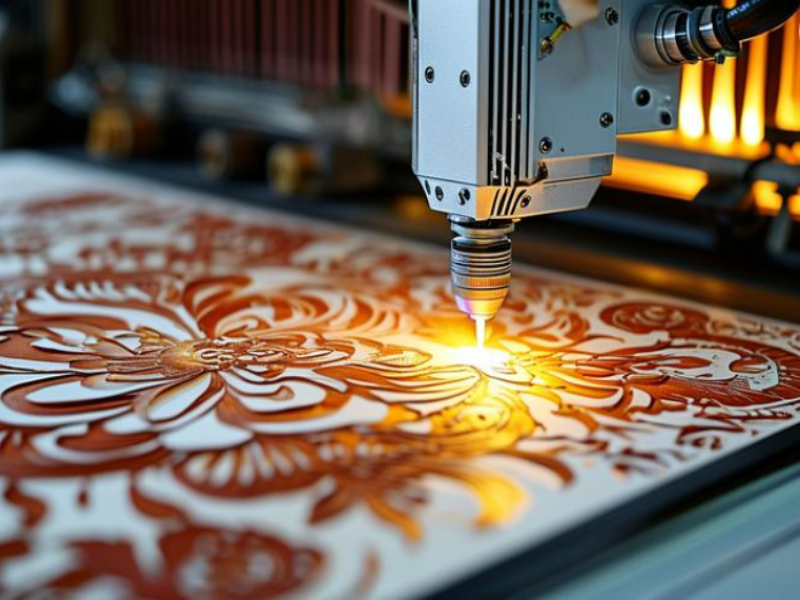When marking materials, having a clear, durable mark on the product is key to tracking, meeting regulations and protecting brand identity. However, each material has its own quirks. Stainless steel and anodized aluminum require the right laser settings to get a clear, high-contrast mark without damaging the surface. Plastics are sensitive to heat and can warp or discolor if not handled properly. The natural texture of wood can cause uneven results, while glass and ceramics risk cracking. When it comes to delicate materials, you need a marking method that won't cause damage. That's why choosing the right marking technology (whether laser, dot matrix or inkjet) is important.
Marking of different materials:
1. Metals:
Stainless steel: It is highly reflective and requires precise power and frequency settings when laser marking to avoid excessive spread of the spot.
Anodized aluminum: The anodized layer on the surface affects laser absorption, and a laser with a specific wavelength is required for fine engraving to obtain a high-contrast mark.
2. Plastics:
Thermal sensitivity: Plastics are easily deformed or discolored by heat, so laser marking requires low-temperature short pulses, or "cold marking" with UV lasers.
Material diversity: Different types of plastics have different chemical compositions and different laser absorption abilities, so the appropriate laser parameters need to be matched.

3. Wood and glass:
Wood: Due to the natural texture, the marking may be uneven. Dark wood is easier to obtain clear markings, while light wood may require higher laser power.
Glass: Laser marking may cause microcracks, so low-power UV lasers or CO2 lasers are required for gentle engraving.
4. Ceramics:
High hardness: Ceramic materials are hard and brittle, and high-precision lasers are required for contactless marking to prevent surface damage.
Temperature resistance: The marking needs to withstand high temperatures and mechanical wear to ensure long-term visibility in industrial or medical applications.
Application of marking technology in various industries:
Automotive industry: used for parts serial numbers, engine numbers, etc., traceability marking.
Electronics industry: Fine marking on chips and circuit boards to ensure product identification and quality control.
Medical industry: Permanent marking on medical devices and equipment to ensure safety and compliance.
Packaging industry: Marking production date, batch number and other information on food and drug packaging.
Choosing the right marking technology is an important step to improve product quality and optimize production efficiency. Whether it is fiber laser, CO2 laser, or UV laser, the key is to choose the right solution based on material characteristics and industry needs to make the mark durable, clear and traceable.

